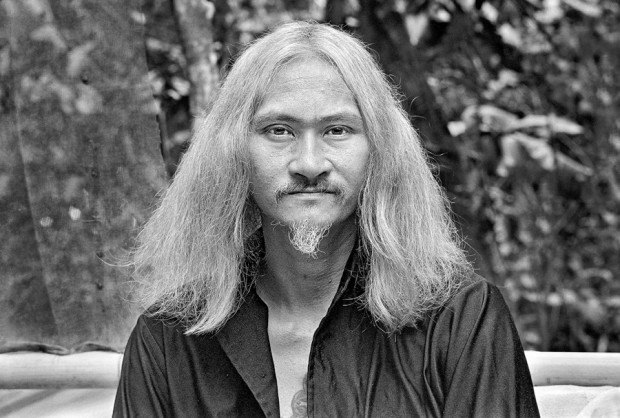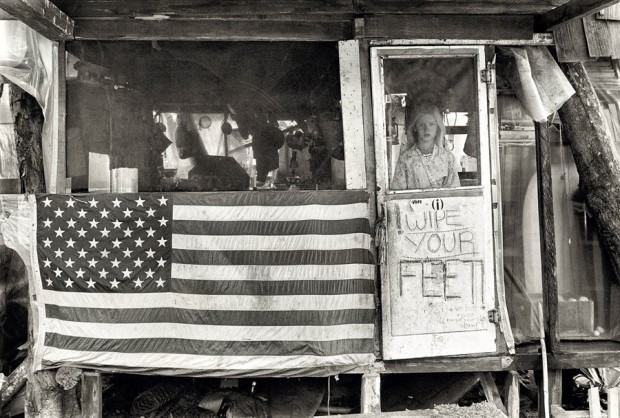LIHU‘E — The memories of Kaua‘i’s Taylor Camp still ripple across the globe, even though the camp was dismantled some 35 years ago. Most recently, The Constant Traveler, Smithsonian Magazine’s blog, featured John Wehrheim’s personal and first-hand silver-screen account of
LIHU‘E — The memories of Kaua‘i’s Taylor Camp still ripple across the globe, even though the camp was dismantled some 35 years ago.
Most recently, The Constant Traveler, Smithsonian Magazine’s blog, featured John Wehrheim’s personal and first-hand silver-screen account of a group of free-spirited citizens who lived at Howard Taylor’s property (later the state’s property after a condemnation) in Ha‘ena on Kaua‘i’s North Shore.
Wehrheim’s documentary, “Taylor Camp: Living the ’60’s Dream,” and lavishly illustrated accompanying book vividly describe the seven-acre encampment, inhabited by about 100 people in its heyday as something different from a commune, according to the Smithsonian blog.
“It had no guru … no written ordinances. It wasn’t a democracy. A spirit that brought forth order without rules guided the community,” Wehrheim wrote in his book’s introduction.
Wehrheim told The Garden Island he moved to Kaua‘i from Honolulu in 1971 and stayed with Taylor’s family, then living across from Taylor Camp in Ha‘ena Bay.
“I soon began photographing this treehouse village, but it wasn’t until 1976, after two years away in Asia documenting refugees, that I recognized Taylor Camp’s significance and began to photograph the camp seriously, seeing it as both a traditional village and a refugee settlement,” Wehrheim said.
The camp was built with the same materials that poor squatters used throughout the tropical world — bamboo, scrap lumber, rough logs and branches, salvaged tin roofing, plastic sheeting and screens, flimsy mosquito netting and cheap printed fabric.
But while the materials were the same, the manifestation was quite different, he said.
“This ‘refugee’ camp was perched in a pristine forest along a beach in paradise,” Wehrheim said.
“Built in the spirit of playful creativity and whimsical practicality, Taylor Camp developed by the aesthetic principle that drives both the most humble of poor builders as well as the greatest architects: no form without function.”
To Wehrheim, the camp was a “photographer’s dream” with perfect light, a unique setting, beautiful landscapes and willing subjects, he said.
Smithsonian says Wehrheim’s film is an even more vivid evocation than his book, thanks to interviews of those who lived there, now aging baby boomers with jobs and families who seem no worse for the experience. Many early settlers moved on, though it took the state until 1977 to close the camp down. By then Kaua‘i was on the verge of a real estate boom.
“For people who recall flower children with nostalgic fondness, Wehrheim’s book and film are all that remain to tell the story of a serendipitous time and place where a footnote to the history of the 1960s was written,” the Smithsonian states.
Some 35 years after Taylor Camp was dismantled, Wehrheim said he realized the significance and historic value of those original photos and decided to make a book and a film based the life of this hippie treehouse village (built on some of Hawai‘i’s oldest lo‘i).
“I used Taylor Camp as a vehicle to tell a much larger story: The conflict of culture, social transition and assimilation that came about during that time of rapid and dislocating economic change on Kaua‘i’s North Shore,” he said.
But Wehrheim also wanted to tell the larger national story of the turbulent 1960s and 1970s. Sometimes, he said, to see and understand a “larger historic picture,” people simply need to focus in on a tight handful of people who represented not only what was happening in many other places but also the dream of many other people at that time.
Visit www.smithsonianmag.com/travel/ to view the entire posting.
The book and the movie are available at www.taylorcampkauai.com or at Kaua‘i Museum in Lihu‘e, Koke‘e Museum, Hanalei Surf Company, Pedal ‘n’ Paddle in Hanalei, Kayak Kaua‘i in Hanalei, Hunter Gatherer in Kilauea and Talk Story Bookstore in Hanapepe.




